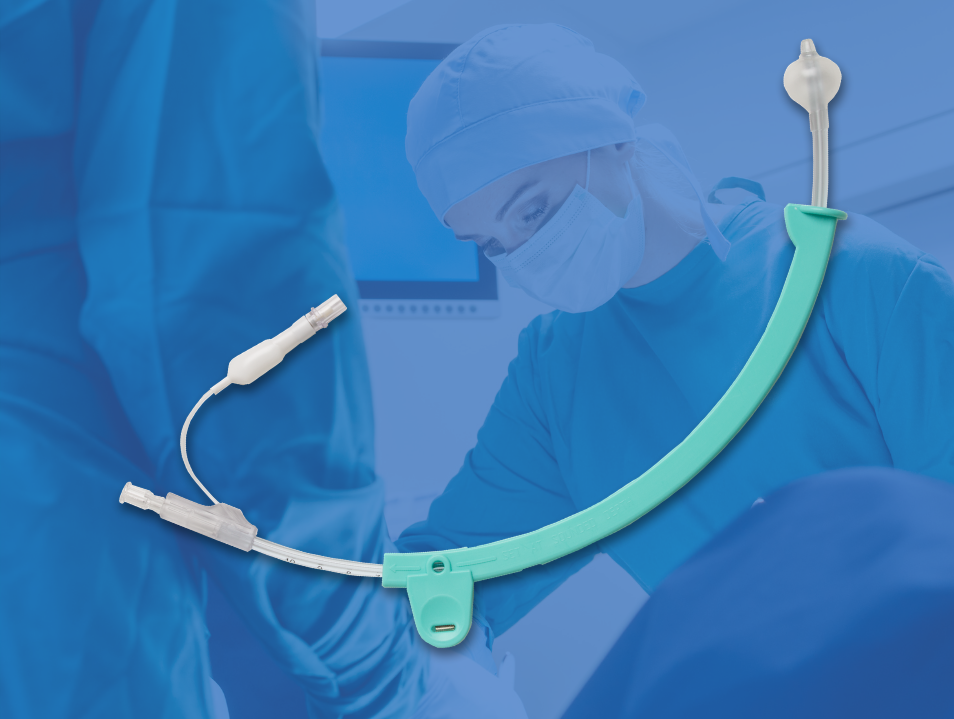There are many reasons why doctors may use a uterine manipulator/injector. One of the primary procedures is a hysterectomy. The surgery mainly involves removing the uterus, but a hysterectomy can include removing the fallopian tubes, ovaries, or cervix. It all depends on the patient’s unique situation.
Although most hysterectomies in the USA are performed with an abdominal laparotomy (a direct incision into the abdominal wall), a less invasive technique called a laparoscopic-assisted vaginal hysterectomy, or LAVH, is quickly becoming the norm. In a LAVH procedure, the surgeon uses small incisions, cameras, and precision equipment in the procedure. This leads to faster patient recovery and shorter hospital stays. In addition to these two techniques, there are other methods for performing hysterectomies, each one with its benefits and challenges.
When Would a Doctor Recommend a Hysterectomy?
Here’s a short list of situations where a hysterectomy might be recommended:
- Uterine fibroids (non-cancerous growths that can cause pain and/or heavy bleeding)
- Heavy or unusual bleeding
- Uterine prolapse (when the uterus starts to sink into the vaginal canal)
- Endometriosis (when the uterine lining grows outside of the uterus, often causing severe pain)
- Adenomyosis (when the uterine lining grows too thick and causes severe pain and heavy bleeding)
- Cancer or precancer of the uterus, ovaries, cervix, or endometrium
What Tools are Used in a Hysterectomy?
A hysterectomy is a major surgery. It requires specialized instruments to make it as safe and efficient as possible. One of the most important tools is a uterine manipulator/injector or “UMI”. Other tools include typical surgery items such as scalpels, forceps, and a laparoscopic camera.
Uterine Manipulators/Injectors
This is a device unique to surgeries like hysterectomies. As the name suggests, a uterine manipulator allows the surgeon to reposition the uterus inside the body to facilitate severing the tissues that hold it in place.
After the general anesthesia has taken affect, the surgeon will introduce the UMI through the vaginal and cervical canals into the uterus. There, a pear-shaped balloon inflates and seals the internal cervical os (the passageway between the uterus and cervix). Then, the surgeon will advance the UMI’s handle and set it against the external cervical os (the passageway between the cervix and the vaginal canal). This creates a strong “grip” that allows the surgeon to reposition the uterus as necessary.
The UMI has a few fail-safes built in to make sure the procedure is as safe as possible. First, the pear-shaped balloon is directly linked to a pilot balloon on the proximal end of the UMI. If the internal balloon deflates for any reason, the pilot balloon will also deflate, immediately indicating the issue.
Another advantage is the “injector” portion of a uterine manipulator/injector. Thomas Medical’s uterine manipulator/injectors include a separate lumen for introducing radiopaque contrast media into the uterine cavity. With the uterus visible under x-ray, the surgeon can immediately see any leakage that might occur and adjust the procedure as necessary.
What Complications are Associated with Hysterectomies?
A hysterectomy is generally very safe. But, as with any major surgery, there are risks of complications. For example, if both ovaries are removed, the patient will have symptoms of menopause. Other possible complications associated with an abdominal hysterectomy include:
- Blood clots
- Infection
- Adverse reaction to anesthesia
- Damage to the urinary tract, bladder, rectum, or other pelvic structures
- Early onset of menopause even if the ovaries are not removed
No matter the patient’s situation, with invasive procedures such as hysterectomies, only top-quality, reliable devices will do. American-made, individually quality-tested Thomas Medical UMI’s add a layer of confidence to procedures of this nature. Secure seals, a crack-resistant handle, a pilot balloon, and separate lumen will put both patients and practitioners at ease during an intense procedure.
Resources:





